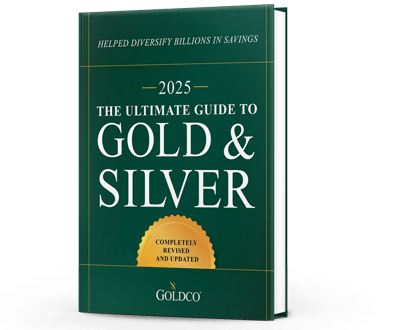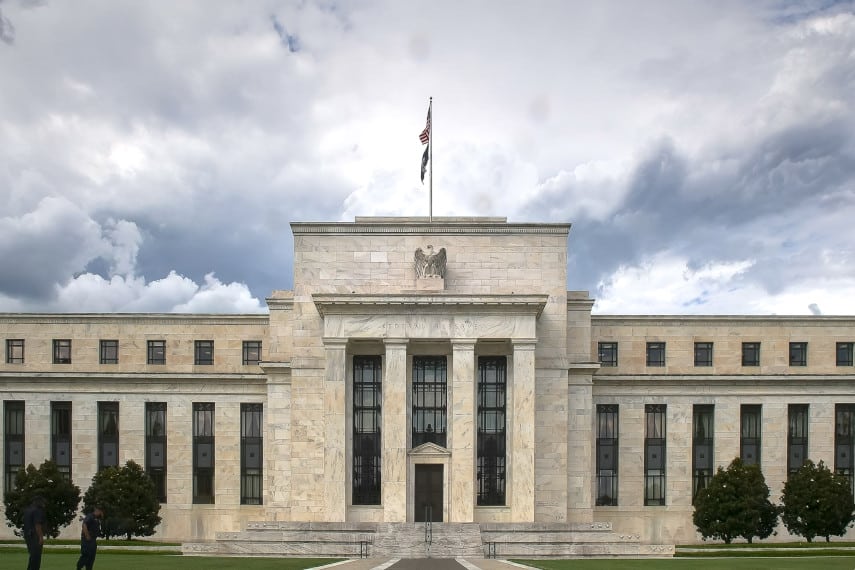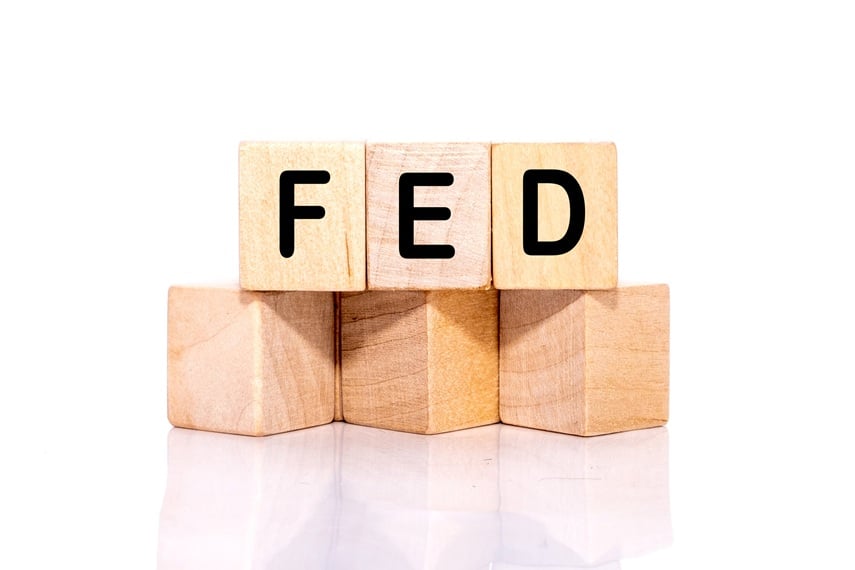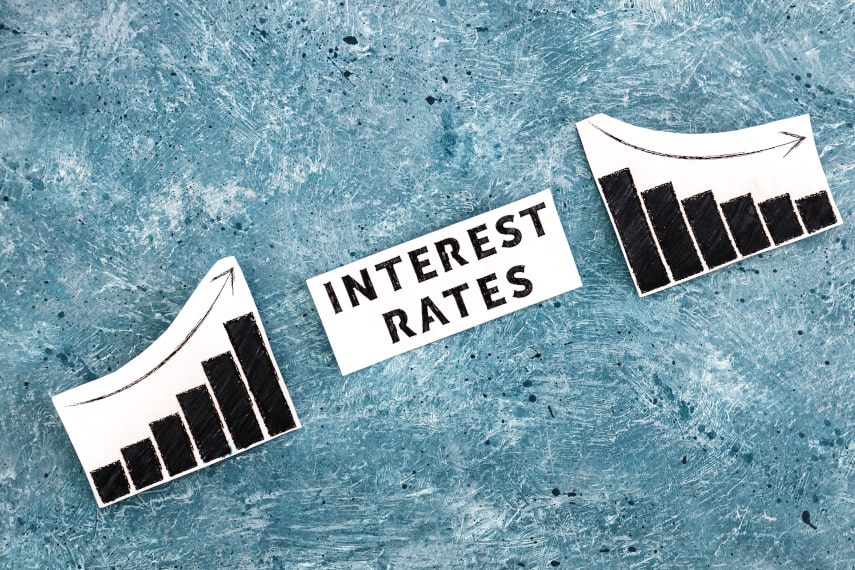
One of the biggest fears that Wall Street has is that the Federal Reserve will turn off the monetary spigot. Having pumped trillions of dollars into the financial system over the past year, banks and financial institutions are awash with money. Even better, that money is cheaper than ever, with interest rates near zero. As any gambler knows, it’s easy to win when you’re playing with house money. But when it’s your own money at stake, things become a lot more difficult.
Any indication that the Fed may begin scaling back its ultra-loose monetary policy is cause for alarm on Wall Street. The financial gurus who make money hand over fist don’t want to have to work harder to make their money, so they don’t want the Fed’s gravy train to end.
You may remember the infamous “taper tantrum” that occurred in 2013 after the Fed announced that it would begin tapering its quantitative easing (QE). Wall Street reacted badly to that announcement, selling bonds and driving yields higher.
The Fed learned its lesson from that incident and since then has been exceedingly cautious about broadcasting any intention of tightening monetary policy. Indeed, its monetary policy cannot in any way be classified as tight since then, as even the minimal drawing down of its balance sheet a few years ago didn’t get anywhere close to normalization of monetary policy.
Will the Fed Start Tapering?
There is much discussion in the financial media about the Fed beginning to taper its asset purchases. Right now, the Fed has pledged to purchase at least $80 billion in Treasury securities and $40 billion in agency mortgage-backed securities per year in order to push more money into the financial system. That’s nearly $1.5 trillion each year.
Let’s not forget that tapering means exactly that. It doesn’t mean that the Fed is going to reduce the size of its balance sheet, it merely means that the Fed is decreasing the rate at which its balance sheet grows. So instead of $120 billion a month in asset purchase, it might reduce that to $90 billion a month, or a little over $1 trillion a year. Then it might reduce asset purchases to $60 billion a month, or over $700 billion a year, then $40 billion a month, or nearly $500 billion a year.
In all cases, this tapering is still inflationary. It’s just that the rate of increase is slowing down. And it’s also important to remember that these sums will just be minimums, i.e. the Fed can still purchase well more than that if it feels that economic conditions warrant it.
Wall Street is worried that the latest Federal Open Market Committee (FOMC) meeting signaled that tapering will begin soon. The infamous “dot plot” that the FOMC publishes after its meetings shows what FOMC participants expect to happen in the future. And the latest dot plot indicated that about half of FOMC participants expect at least two rate hikes by the end of 2023.
Because tapering doesn’t happen overnight and its effects aren’t instantaneous, this means (in Wall Street’s eyes) that the Fed will begin tapering within the next few months in order to be able to raise rates by mid-2023. That’s a questionable assumption in the first place, especially given the Fed’s track record when it comes to economic forecasting.
After all, two years ago at the June 2019 FOMC meeting, FOMC participants foresaw a 3.8% unemployment rate in 2021, a 2% inflation rate, and a federal funds rate of about 2.5%. Instead we have a 5.8% unemployment rate, a 5% year-on-year inflation rate, and a federal funds rate of zero. Quite a difference for just two years. So, as Chairman Powell said at his press conference last week, the FOMC’s projections and dot plot need to be taken with a grain of salt.
That probably won’t do anything to assuage Wall Street or calm markets, however. But with a very real possibility that the Fed won’t taper anytime soon, continuing to inflate at the same pace as today might actually overcome any tantrum that could happen this time around.
Danger Lies Ahead
The real danger ahead of us is what might happen if the Fed tries to assuage Wall Street by engaging in even faster easing. After all, it wasn’t that long ago that Powell and the Fed were trying to draw down the Fed’s balance sheet and talk tough about trying to normalize monetary policy.
Then President Trump put pressure on the Fed to cut interest rates and ease, and Powell folded like a bad poker hand. From that point on it was off to the races, and the Fed never again talked about normalizing monetary policy.
With continued pressure to keep monetary policy loose, it’s not out of the question that Powell and the Fed will once again face political pressure to keep easing. After all, Powell doesn’t want to be known as the guy who presided over a recession worse than 2008. So look for the Fed to continue inflating the monetary supply for quite some time.
At some point you would have to imagine that the Fed may take its foot off the gas if inflation gets too bad, but at this point all the talk is about “transitory” inflation. With 5% inflation already being reached and the Fed continuing its current easing plan, you have to wonder when exactly the Fed will call it quits. Will it start to think about tapering at 8%? 10%? 15%? How much more will US consumers and investors have to suffer from inflation before the Fed finally comes to its senses?
Protect Your Investments With Gold
As inflation continues to rise, the bite it will take out of investment returns will get many investors to sit up and take notice. After more than a decade of low inflation, many investors have probably forgotten how to protect their investments against inflation, and that could catch many off guard.
In times past it was taken almost as a given that times of high inflation called for alternative assets such as gold and silver. During the stagflation of the 1970s, for instance, gold and silver far outpaced inflation by averaging annualized gains of over 30% for the decade. And during the aftermath of the 2008 financial crisis, gold nearly tripled in price while silver more than quintupled.
That’s the kind of performance that many investors would like to see from their assets during good economic times, but during times of crisis that kind of performance is even more welcome. There’s every reason to believe that gold and silver could very well achieve that type of performance in the coming years.
If you’re worried about inflation taking a bite out of your wealth, and you’re looking to protect your assets against inflation, shouldn’t you start thinking about how to do that?
With a gold IRA, you can invest in physical gold coins or bars while still enjoying the same tax advantages as a conventional IRA. And you can roll over or transfer assets from an existing IRA, TSP, 401(k), or similar retirement account into a gold IRA without tax consequences. That allows you to lock in the gains you’ve already made today, while benefiting from the protection that gold can offer during times of economic uncertainty.
Don’t wait until you start losing money to begin thinking about how to protect your retirement savings. Talk to the experts at Goldco today to learn more about how gold can help keep your savings safe and secure.





